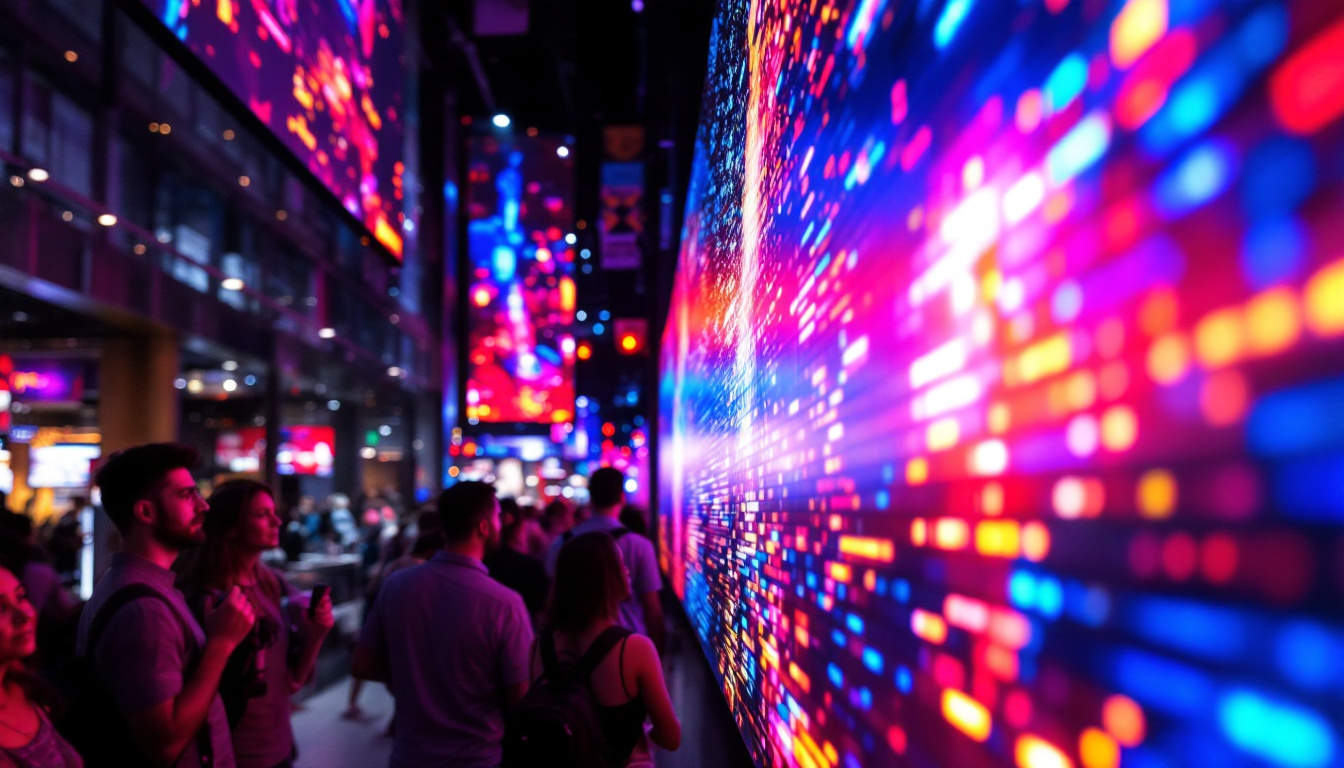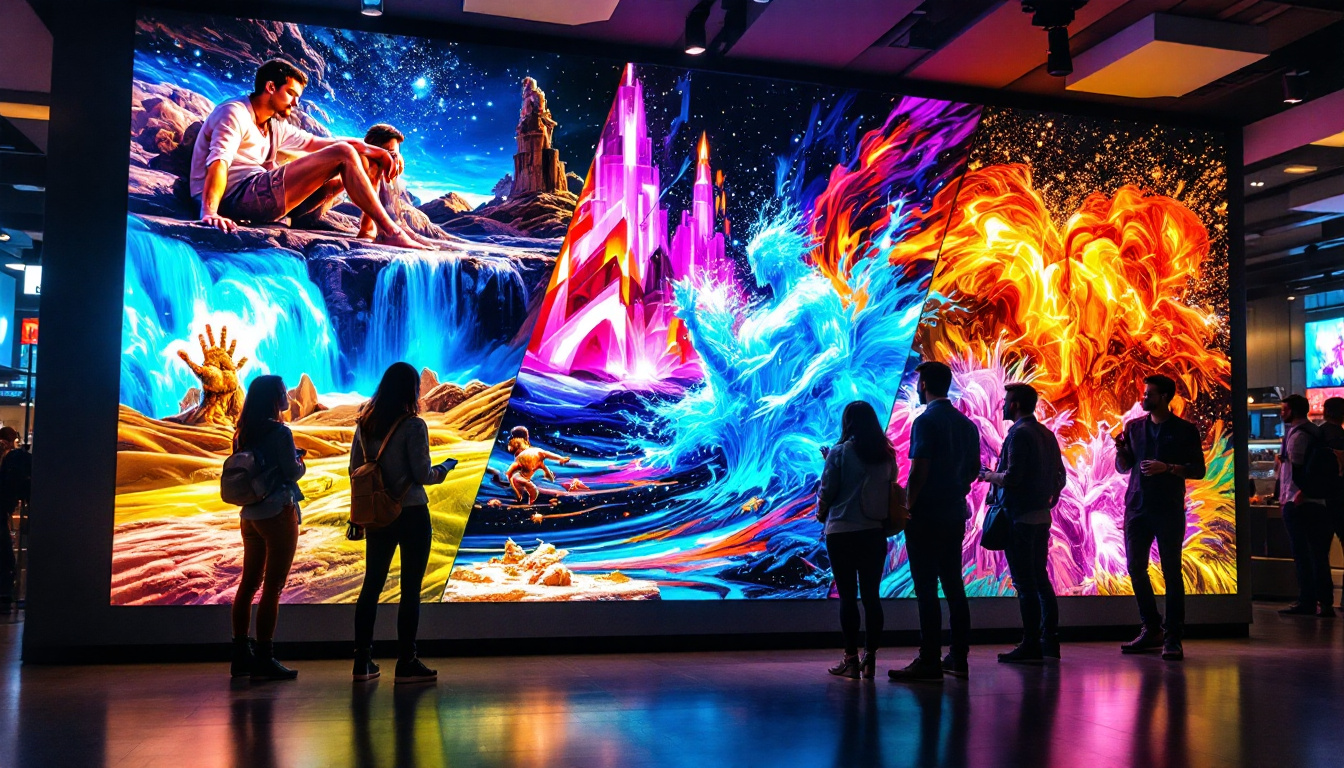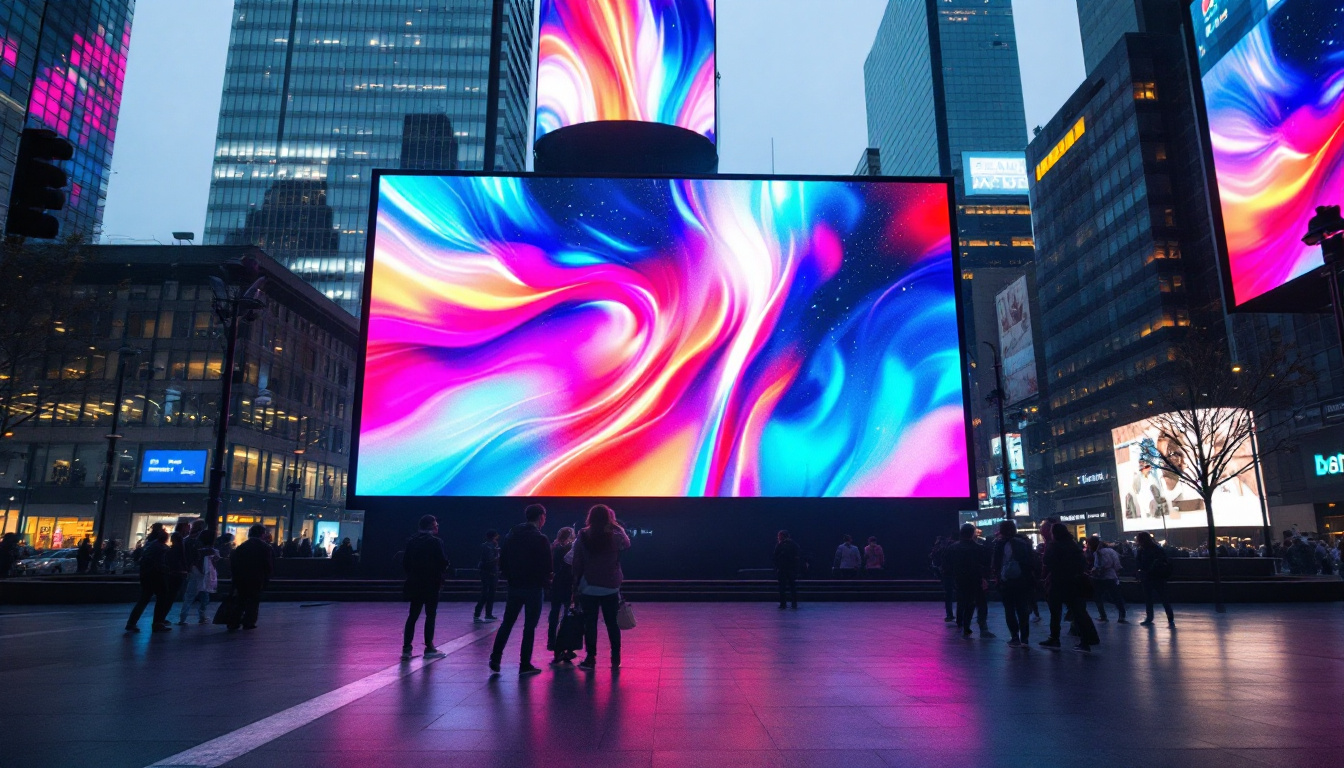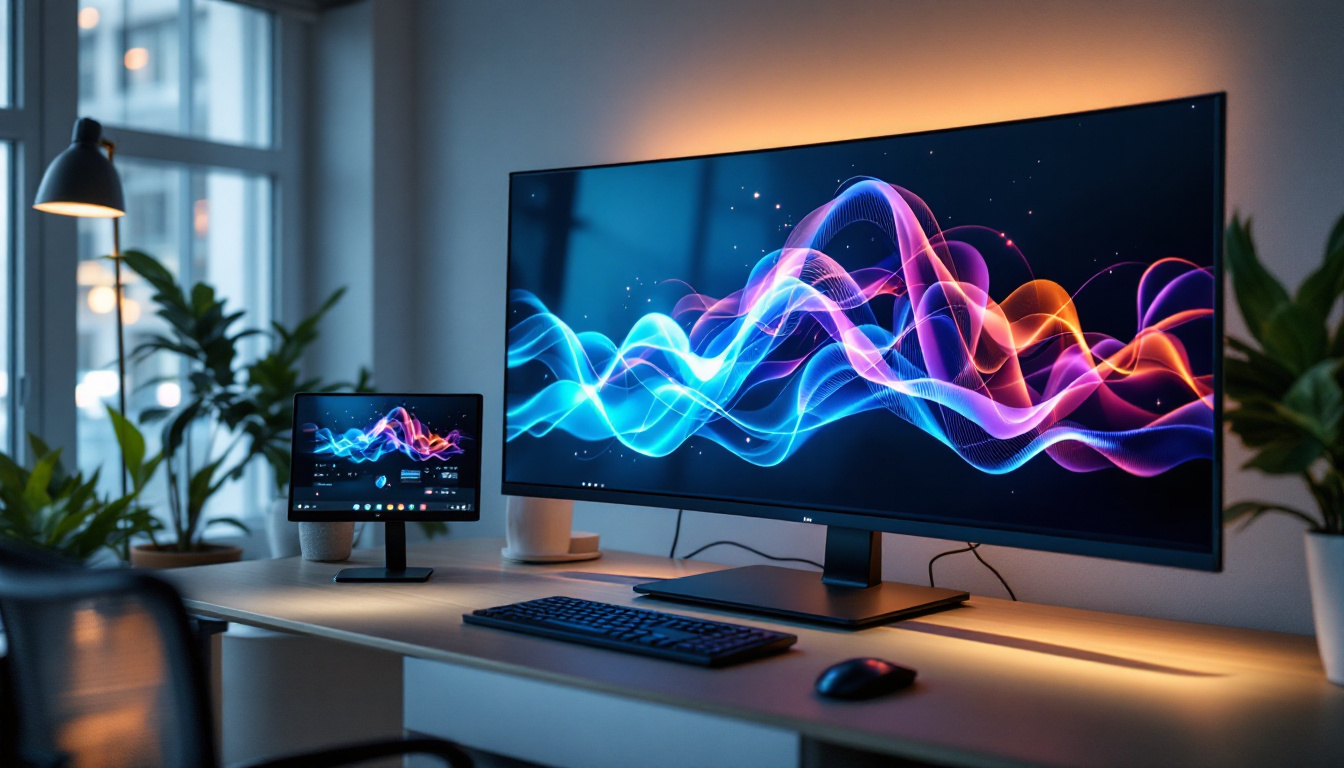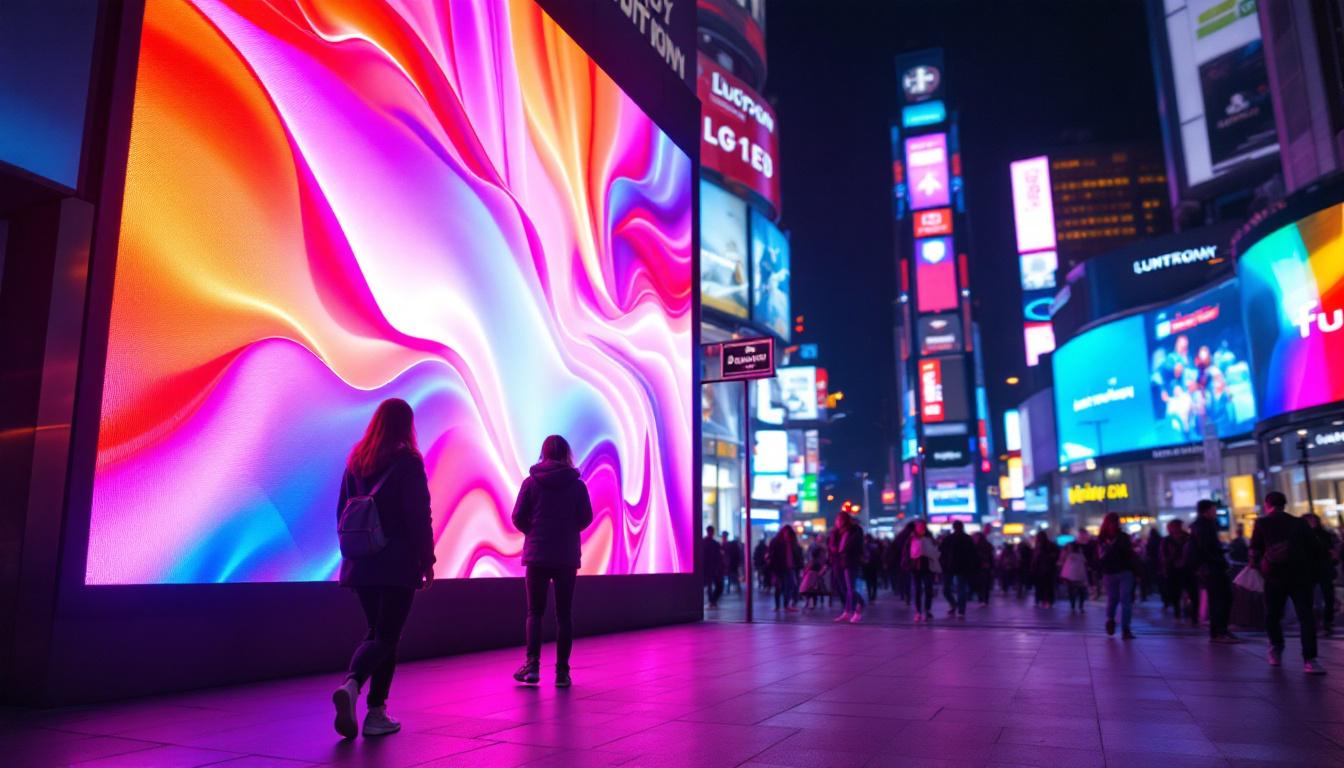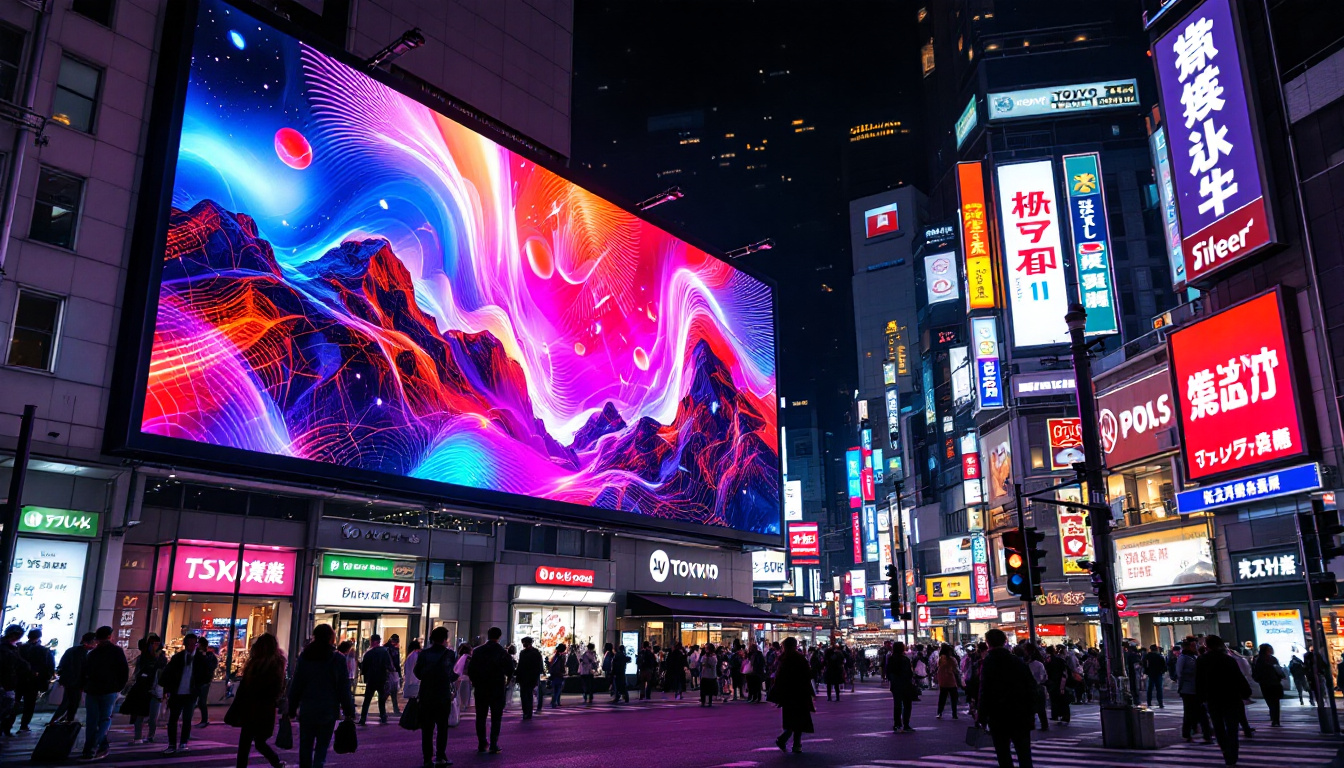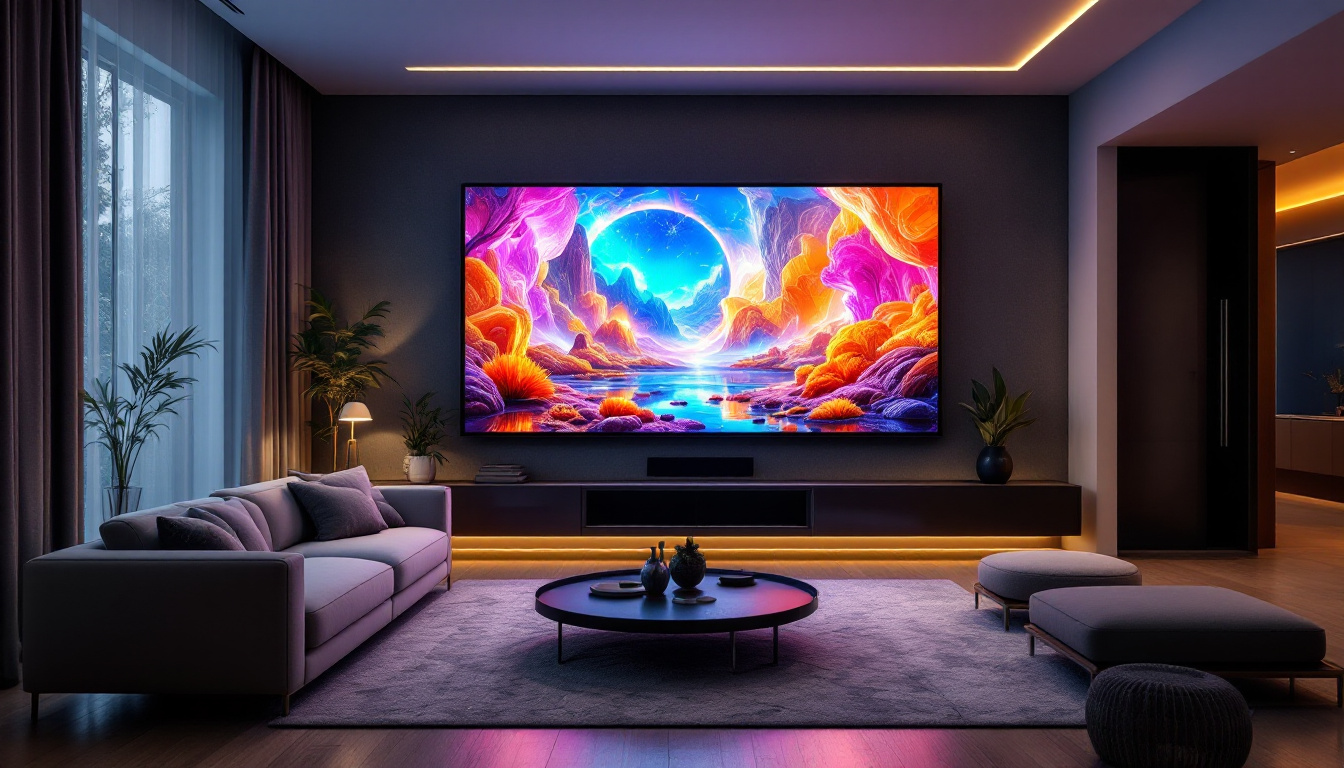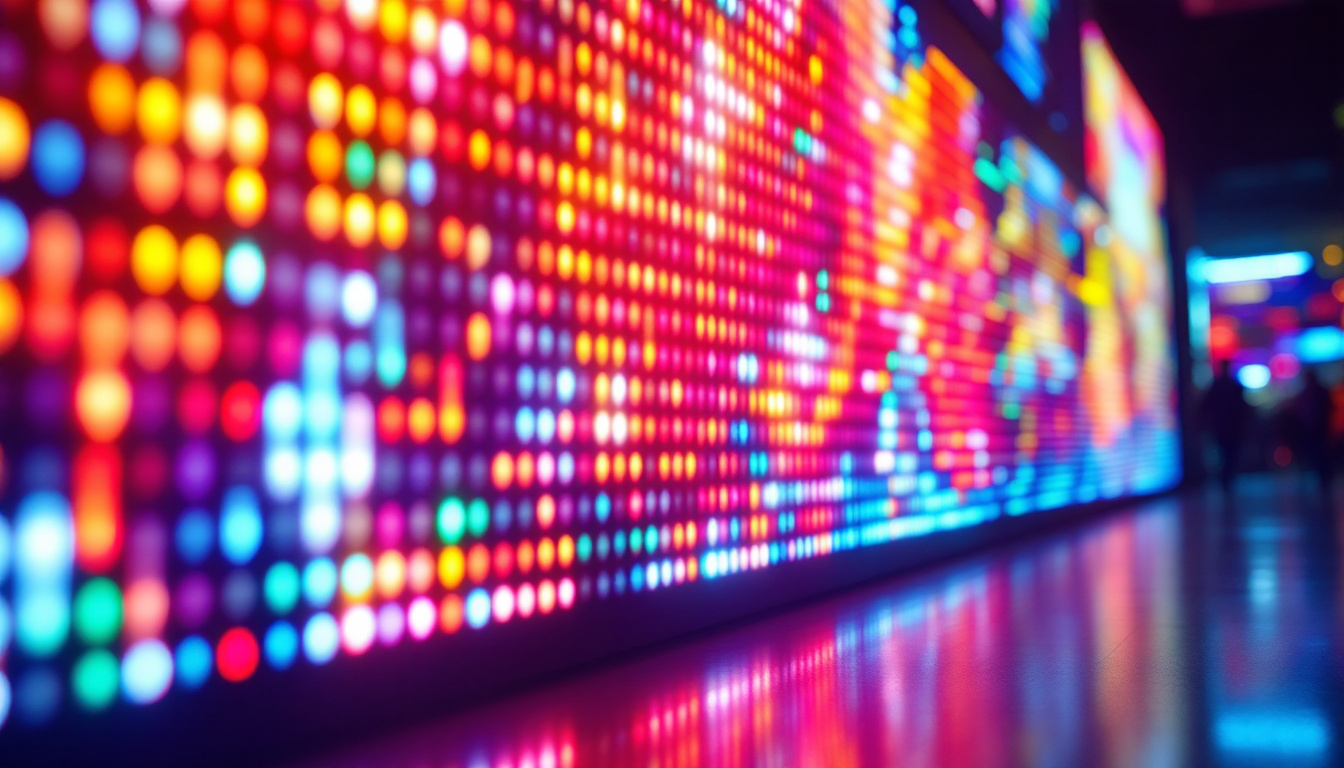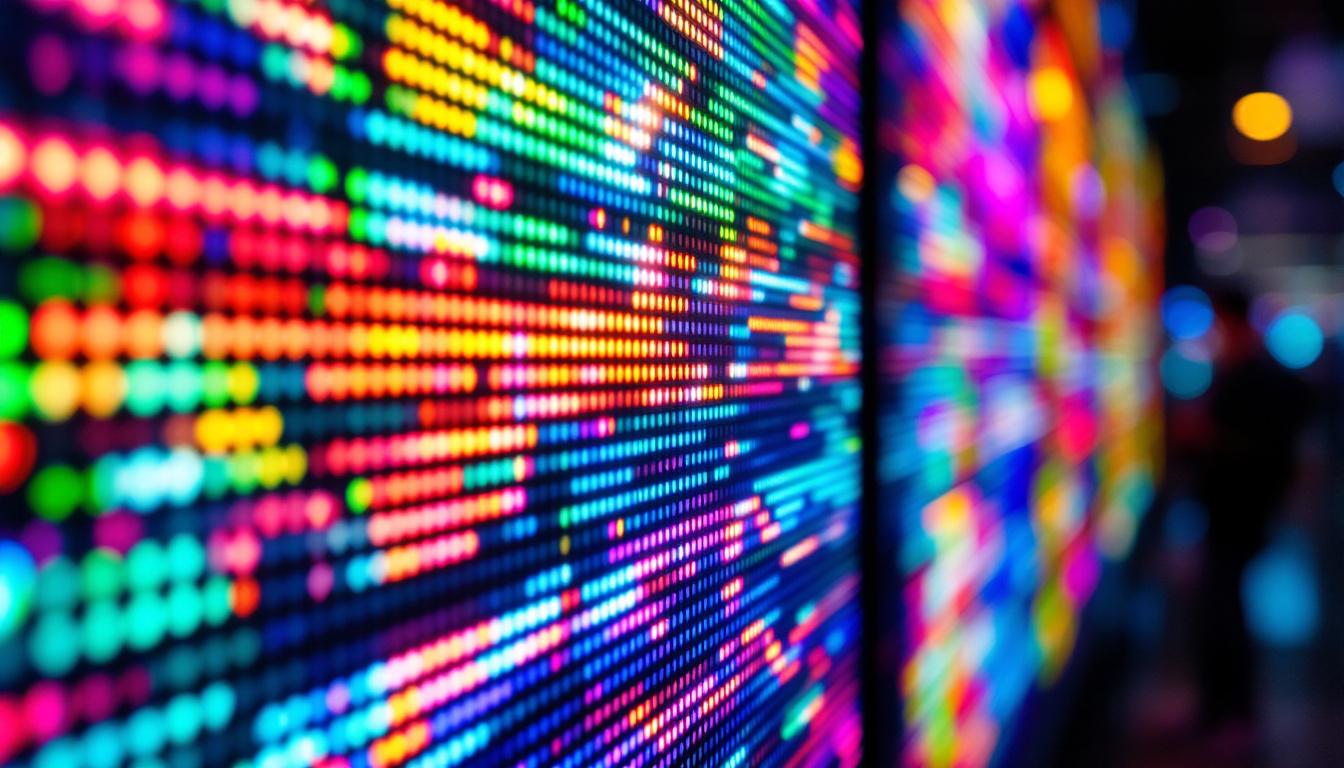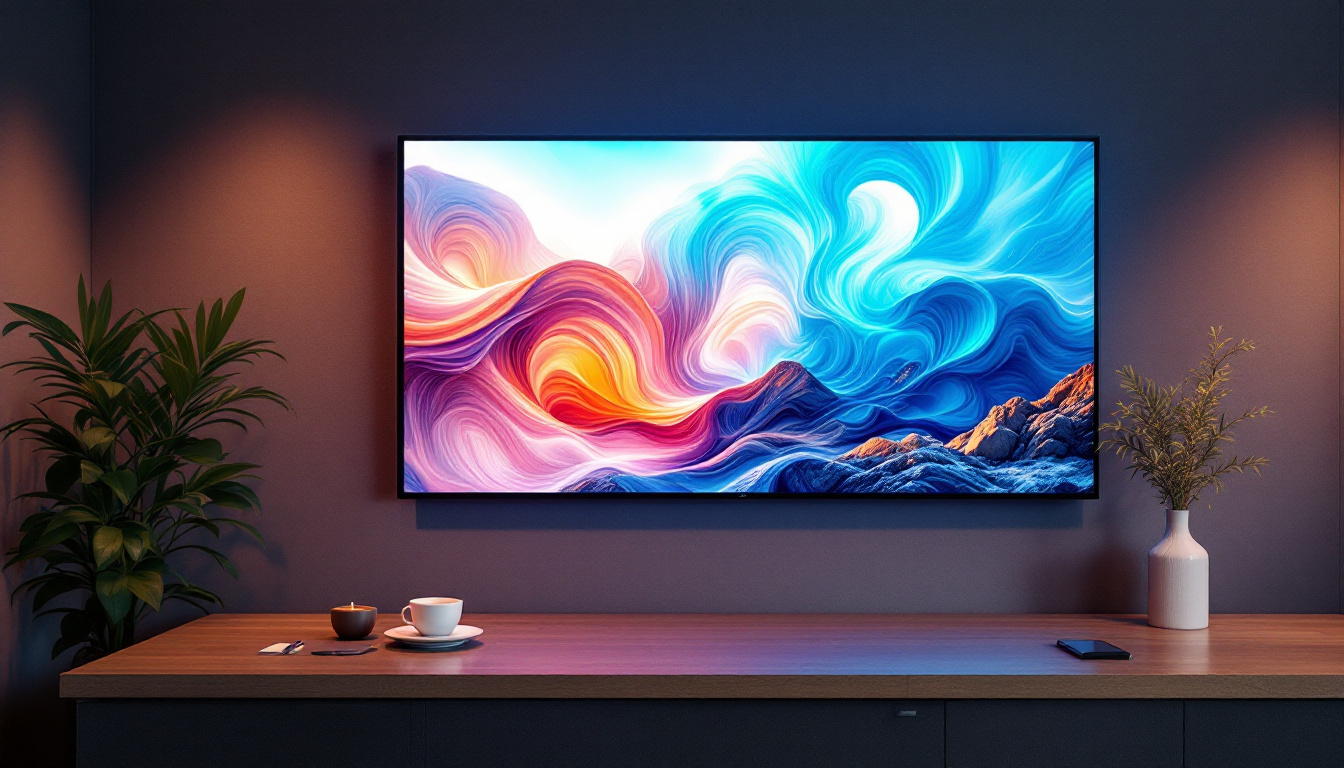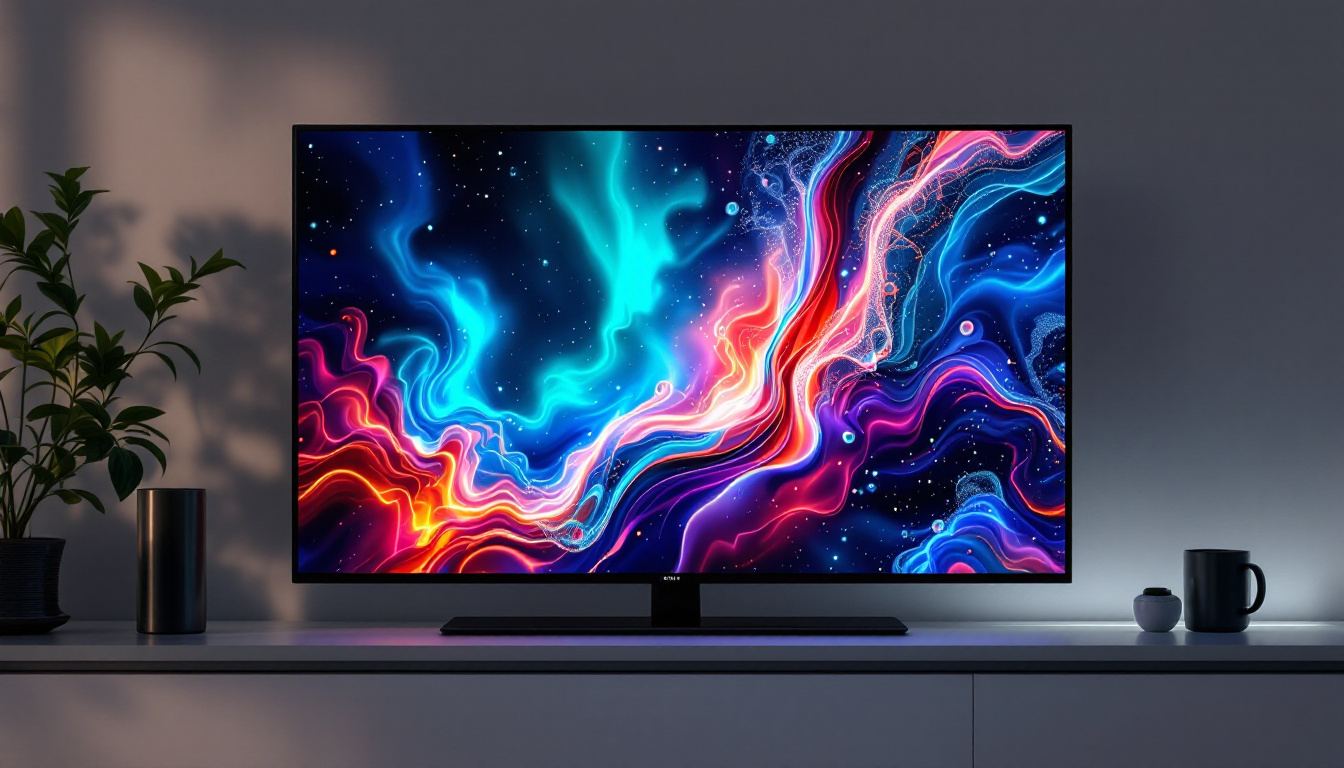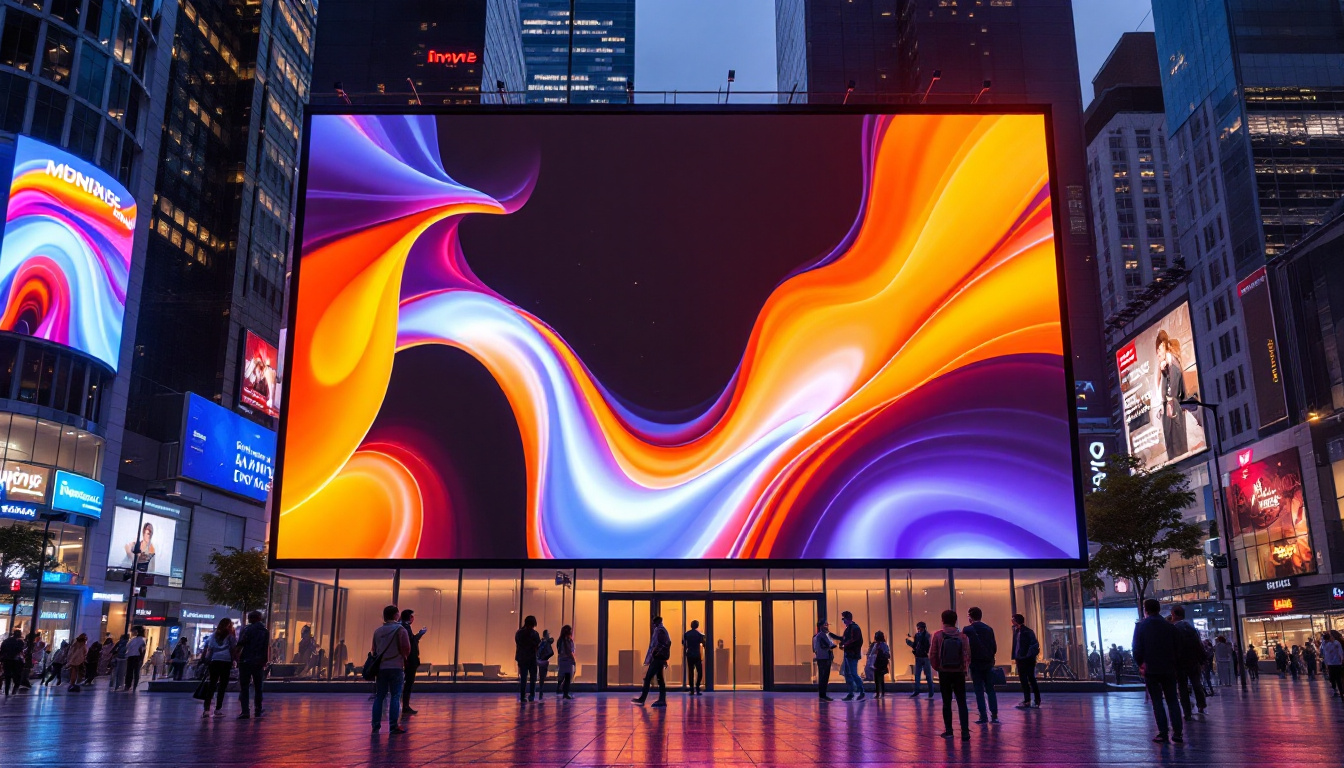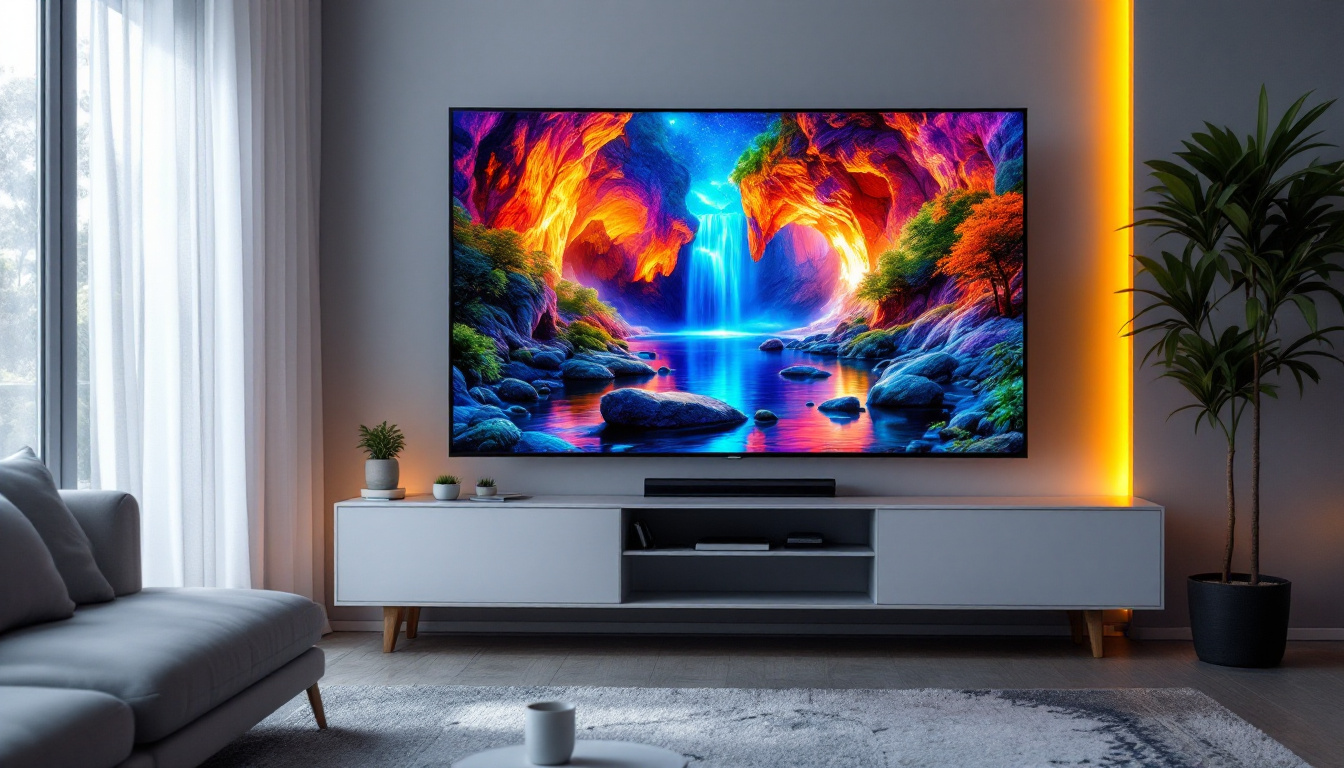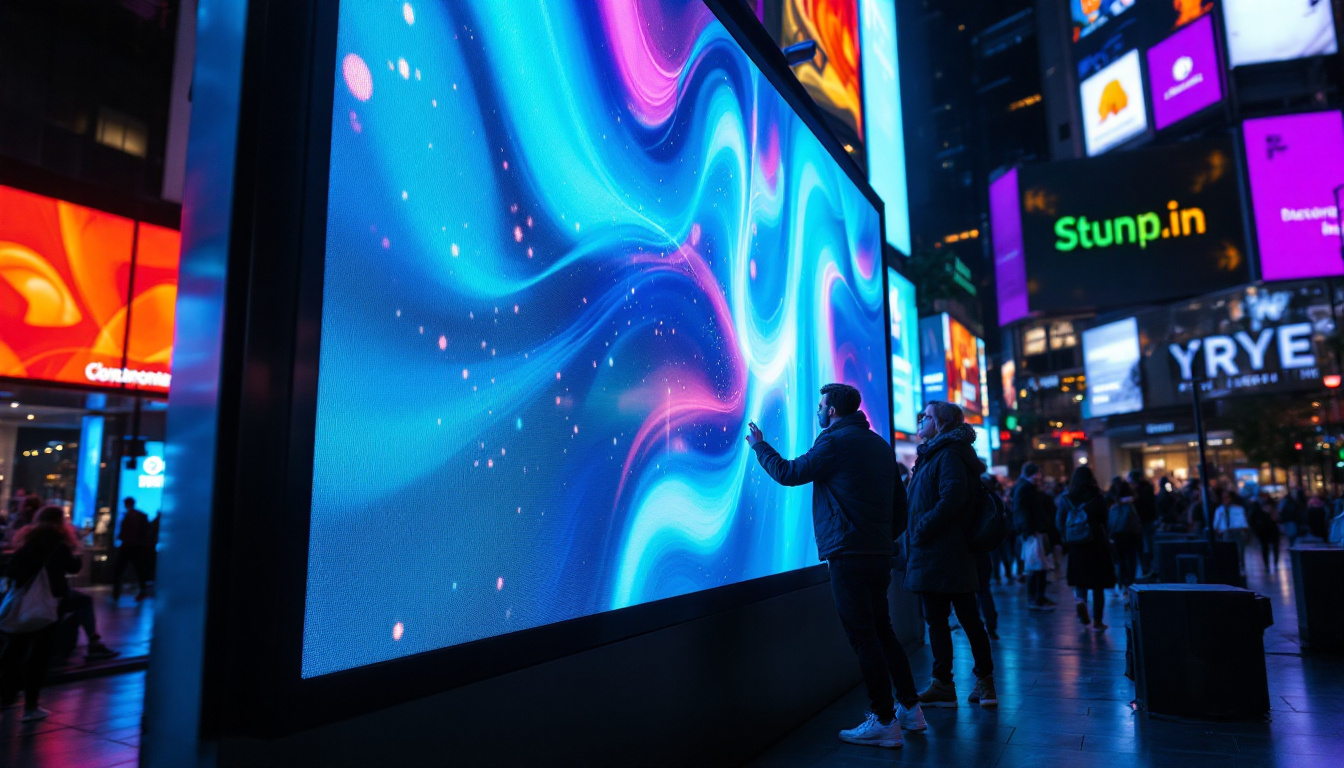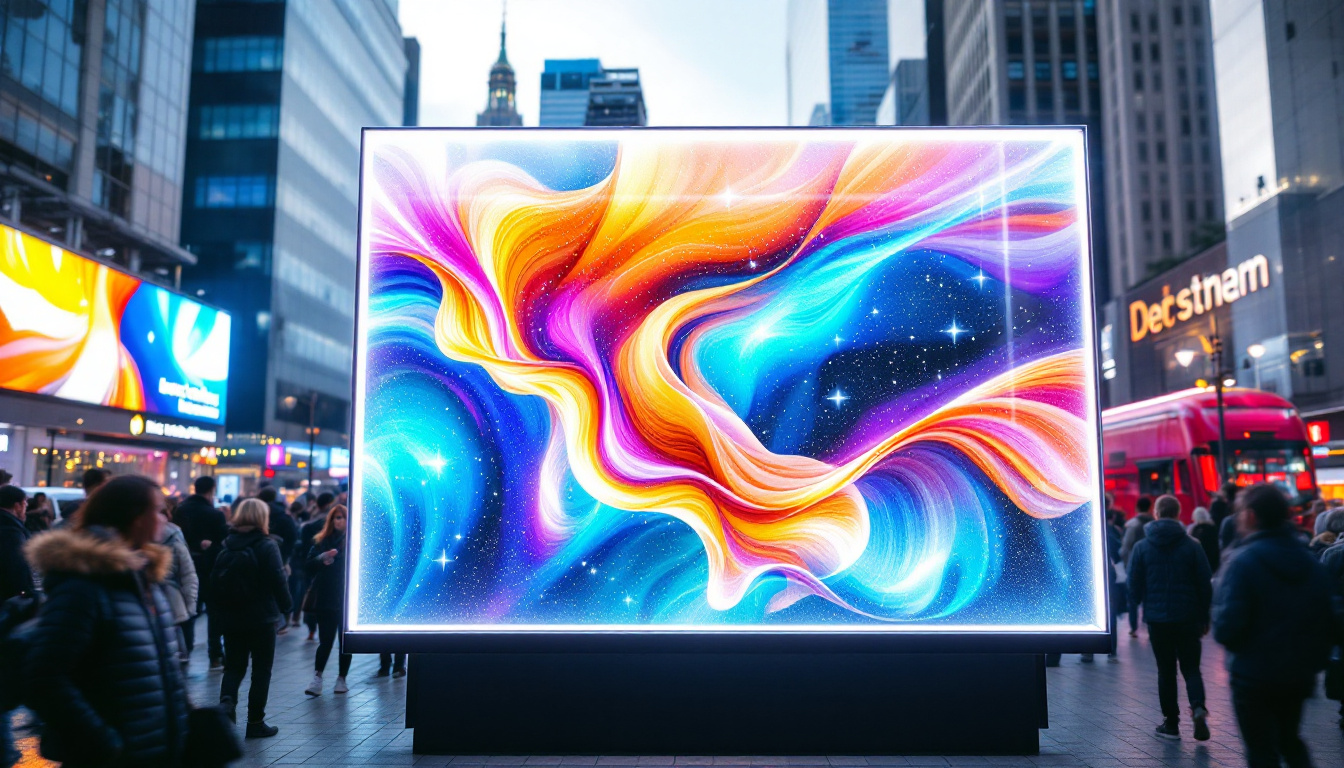In recent years, display technology has evolved at an unprecedented pace, leading to the emergence of innovative solutions that enhance visual experiences across various applications. Among these advancements, MicroLED displays have gained significant attention for their potential to revolutionize the way we perceive images and videos. This article delves into the intricacies of MicroLED technology, exploring its advantages, applications, and how it compares to traditional LED displays.
Understanding MicroLED Technology
MicroLED technology represents a significant leap in display innovation, utilizing microscopic light-emitting diodes to create images. Each MicroLED is an individual pixel that emits its own light, allowing for exceptional brightness, contrast, and color accuracy. This self-emissive nature sets MicroLED apart from conventional LCD and OLED displays, which rely on backlighting or organic compounds to produce images.
How MicroLED Works
At the core of MicroLED technology is the array of tiny LEDs, each measuring less than 100 micrometers. When these MicroLEDs are arranged in a matrix, they form a high-resolution display capable of producing vibrant images. Each pixel can be individually controlled, allowing for precise adjustments in brightness and color, which results in deeper blacks and brighter whites.
The manufacturing process involves transferring these MicroLEDs onto a substrate, which can be flexible or rigid, depending on the intended application. This flexibility allows for a variety of form factors, from curved screens to ultra-thin panels, making MicroLED suitable for diverse uses. The potential of MicroLED technology extends beyond traditional screens; it opens the door for innovative applications in augmented reality (AR) and virtual reality (VR) environments, where immersive experiences demand high-quality visuals without compromising on performance.
Key Features of MicroLED Displays
MicroLED displays boast several key features that set them apart from traditional display technologies:
- High Brightness: MicroLEDs can achieve higher brightness levels than OLEDs, making them suitable for use in well-lit environments.
- Energy Efficiency: These displays consume less power than traditional LED displays, contributing to longer battery life in portable devices.
- Longevity: MicroLEDs have a longer lifespan compared to OLEDs, as they are less prone to burn-in and degradation over time.
Furthermore, MicroLED technology offers remarkable scalability, allowing manufacturers to create displays of various sizes without losing image quality. This scalability is particularly advantageous for large-scale installations, such as digital billboards and immersive video walls, where seamless integration and consistent performance are crucial. Additionally, the modular nature of MicroLEDs means that damaged sections can be easily replaced, enhancing the overall durability and maintenance of the display system. As research and development continue to advance, we can anticipate even more groundbreaking applications and enhancements in the realm of MicroLED technology.
Advantages of MicroLED Displays
MicroLED technology offers a myriad of advantages that make it an attractive option for various applications. From superior image quality to enhanced durability, the benefits are numerous.
Exceptional Image Quality
One of the most compelling reasons for the growing interest in MicroLED displays is their unparalleled image quality. The self-emissive nature of MicroLEDs allows for true blacks and vibrant colors, resulting in a more immersive viewing experience. The high pixel density also contributes to sharp images, making them ideal for high-resolution content.
Furthermore, MicroLED displays have a wider color gamut than many traditional displays, enabling them to reproduce a broader spectrum of colors. This capability is particularly beneficial for professionals in fields such as graphic design and photography, where color accuracy is paramount. In addition to color precision, MicroLEDs also boast impressive brightness levels, making them suitable for use in various lighting conditions, from dimly lit rooms to bright outdoor environments. This adaptability enhances their usability across diverse settings, ensuring that viewers can enjoy a consistent and high-quality experience regardless of the circumstances.
Versatility in Applications
The versatility of MicroLED technology makes it suitable for a wide range of applications. From consumer electronics to large-scale commercial displays, MicroLEDs can be found in various forms:
- Televisions: High-end TVs are increasingly incorporating MicroLED technology for superior picture quality.
- Smartphones: As manufacturers seek to enhance mobile displays, MicroLEDs present an opportunity for brighter, more energy-efficient screens.
- Advertising: Large-scale MicroLED displays are being utilized in outdoor advertising, providing eye-catching visuals that capture attention.
Moreover, the modular nature of MicroLED technology allows for custom configurations, enabling manufacturers to create displays of virtually any size or shape. This flexibility opens up exciting possibilities for innovative designs in architecture and art installations, where traditional display technologies may fall short. Additionally, the durability of MicroLEDs, which are less susceptible to burn-in and degradation over time compared to OLEDs, ensures that these displays maintain their performance and visual integrity for longer periods, making them a wise investment for both consumers and businesses alike.
MicroLED vs. Traditional LED Displays
To fully appreciate the advantages of MicroLED technology, it is essential to compare it with traditional LED displays. While both technologies use light-emitting diodes, their operational mechanisms and performance characteristics differ significantly.
Brightness and Contrast
Traditional LED displays rely on backlighting to illuminate pixels, which can lead to issues with contrast and black levels. In contrast, MicroLED displays do not require backlighting, allowing for true blacks and higher contrast ratios. This results in a more dynamic range of colors and improved overall image quality. The ability of MicroLEDs to achieve such high contrast is particularly beneficial in environments with varying lighting conditions, as it allows for consistent viewing experiences whether in bright daylight or dimly lit rooms. Moreover, the pixel density of MicroLED technology enables finer details to be rendered more accurately, making it an excellent choice for high-resolution content such as 4K and 8K video.
Energy Consumption
Energy efficiency is another critical factor in the comparison between MicroLED and traditional LED displays. MicroLEDs consume less power, particularly when displaying darker images, as individual pixels can be turned off completely. This efficiency not only reduces energy costs but also contributes to a smaller carbon footprint. Additionally, the longevity of MicroLEDs plays a significant role in their overall sustainability; they tend to have a longer lifespan compared to traditional LEDs, which means fewer replacements and less electronic waste over time. This aspect is becoming increasingly important as consumers and businesses alike seek to adopt more environmentally friendly technologies in their operations. Furthermore, MicroLED technology can be scaled to various sizes without losing performance, making it a versatile option for everything from small wearable devices to large-scale commercial displays.
Challenges Facing MicroLED Technology
Despite its many advantages, MicroLED technology is not without challenges. As with any emerging technology, several hurdles must be overcome for widespread adoption.
Manufacturing Complexity
The production of MicroLED displays involves complex manufacturing processes that can be costly and time-consuming. The precise placement of millions of tiny LEDs requires advanced techniques and equipment, which can pose challenges for scalability. As manufacturers seek to streamline production, ongoing research and development efforts are crucial. Additionally, the need for high-quality substrates and the integration of various components can complicate the manufacturing workflow. Innovations in automation and robotics may provide solutions to enhance efficiency, but these advancements require significant investment and time to implement.
Market Competition
MicroLED technology faces stiff competition from established display technologies, particularly OLED. While MicroLED offers numerous benefits, OLED displays have already gained a strong foothold in the market, making it challenging for MicroLED to capture significant market share. Consumer awareness and education will play a vital role in the adoption of MicroLED technology. Furthermore, the marketing strategies employed by OLED manufacturers, which often emphasize their products’ vibrant colors and deep blacks, can overshadow the advantages of MicroLED displays. To counter this, MicroLED proponents must effectively communicate the unique benefits, such as energy efficiency, longevity, and superior brightness, to consumers and industry stakeholders alike. This educational effort will be essential in shifting perceptions and fostering a more competitive landscape for MicroLED technology.
Future Prospects of MicroLED Displays
The future of MicroLED technology appears promising, with ongoing advancements and research paving the way for broader applications. As manufacturing processes improve and costs decrease, MicroLED displays are likely to become more accessible to consumers and businesses alike.
Potential Innovations
Future innovations in MicroLED technology may include:
- Flexible Displays: The development of flexible MicroLED panels could lead to new form factors and applications, such as wearable devices and curved screens.
- Integration with Augmented Reality (AR): MicroLEDs could play a crucial role in the development of AR glasses, providing high-quality visuals in a compact form.
- Improved Manufacturing Techniques: Advances in production methods will likely reduce costs and increase the scalability of MicroLED displays, making them more accessible to a broader audience.
Broader Adoption in Various Industries
As MicroLED technology matures, its adoption across various industries is expected to grow. From entertainment to healthcare, the potential applications are vast. For instance, in the automotive industry, MicroLED displays could enhance in-car entertainment systems and dashboard displays, providing drivers with clearer information and a more engaging experience.
Conclusion
MicroLED displays represent a significant advancement in display technology, offering numerous advantages over traditional LED displays. With exceptional image quality, energy efficiency, and versatility, MicroLEDs are poised to transform the way we experience visual content. Despite the challenges facing the technology, ongoing research and development efforts are likely to pave the way for broader adoption in the coming years.
As consumers and industries alike continue to seek better display solutions, MicroLED technology stands at the forefront of innovation, promising a future filled with vibrant, immersive visual experiences.
Discover the Future of Visual Experience with LumenMatrix
Ready to elevate your visual communication to the next level? Explore LumenMatrix’s innovative LED display solutions, where cutting-edge technology meets creative design. From captivating Indoor and Outdoor LED Wall Displays to dynamic Vehicle and Sports Displays, our products are crafted to transform your space and engage your audience. Embrace the future with our Custom, All-in-One, and Transparent LED Displays, each designed to deliver unparalleled clarity and impact. Don’t just take our word for it; check out LumenMatrix LED Display Solutions today and see how we can illuminate your world with brilliance.


